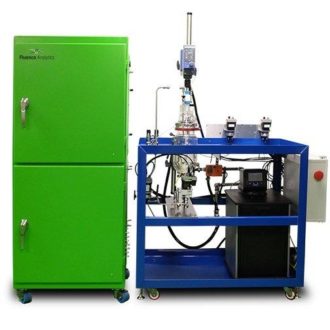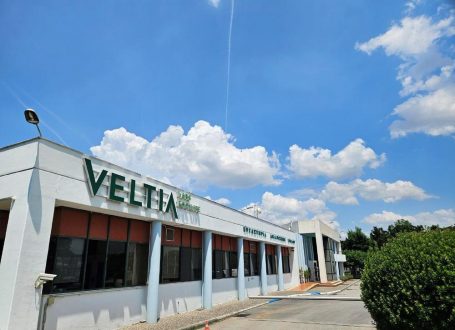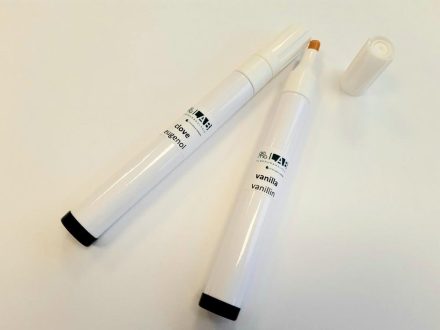
Dolmar Laboratory Develops New Method For Early Detection Of Acetic Bacteria In Wine
Alejandro Parra (Head of the Instrumental Analysis Department at Dolmar Laboratory), together with Aroa Ovejas (Head of the Microbiology Department) and in collaboration with the Institute of Vine and Wine Sciences of La Rioja (Spain), has based his doctoral thesis and published an article in the well-known scientific journal Foods MDPI, on the development of a new culture medium that allows early detection of these bacteria, crucial for the corresponding treatment of wine before its organoleptic properties are affected.
During the winemaking process, avoiding the presence of acetic acid bacteria is very difficult, as there is always a residual population accompanying the wine, and the problem arises with the significant development of these microorganisms that metabolise large amounts of acetic acid.
The concern of wineries to control the presence of acetic acid bacteria in wines during their preservation is due to the absence of simple and effective analyses that allow the detection of these microorganisms in the early stages. The aim of this study was to develop a liquid culture medium for the early detection of acetic acid bacteria based on olfactometry.
The culture medium was designed by modifying the nutrient content to enhance the growth of acetic acid bacteria and increase their selectivity. The efficacy of the medium was studied by seeding it with pure cultures and with mixtures of microorganisms of different species, and with artificially contaminated wines. Finally, the medium was validated by using it both in the laboratory and in wineries, with wines of different types and origins. A correlation was established between the initial concentration of acetic acid bacteria and the time of appearance of detectable levels of acetic acid in the medium by olfactometry.
You can read the full article “Development and Validation of a New Method for Detecting Acetic Bacteria in Wine” published in the magazine Foods, here.
If you would like advice or more information on this new method for detecting acetic acid bacteria in wine, please do not hesitate to contact the team at Dolmar Laboratory, a leading laboratory in Spain for the analysis of wine and other beverages.
Tentamus Group GmbH
An der Industriebahn 26
13088 Berlin
Telefon: +49 (30) 206038-230
Telefax: +49 (30) 206038-190
http://www.tentamus.com
Telefon: +34 (61742) 69-87
E-Mail: info@dolmarlaboratorio.com
![]()



